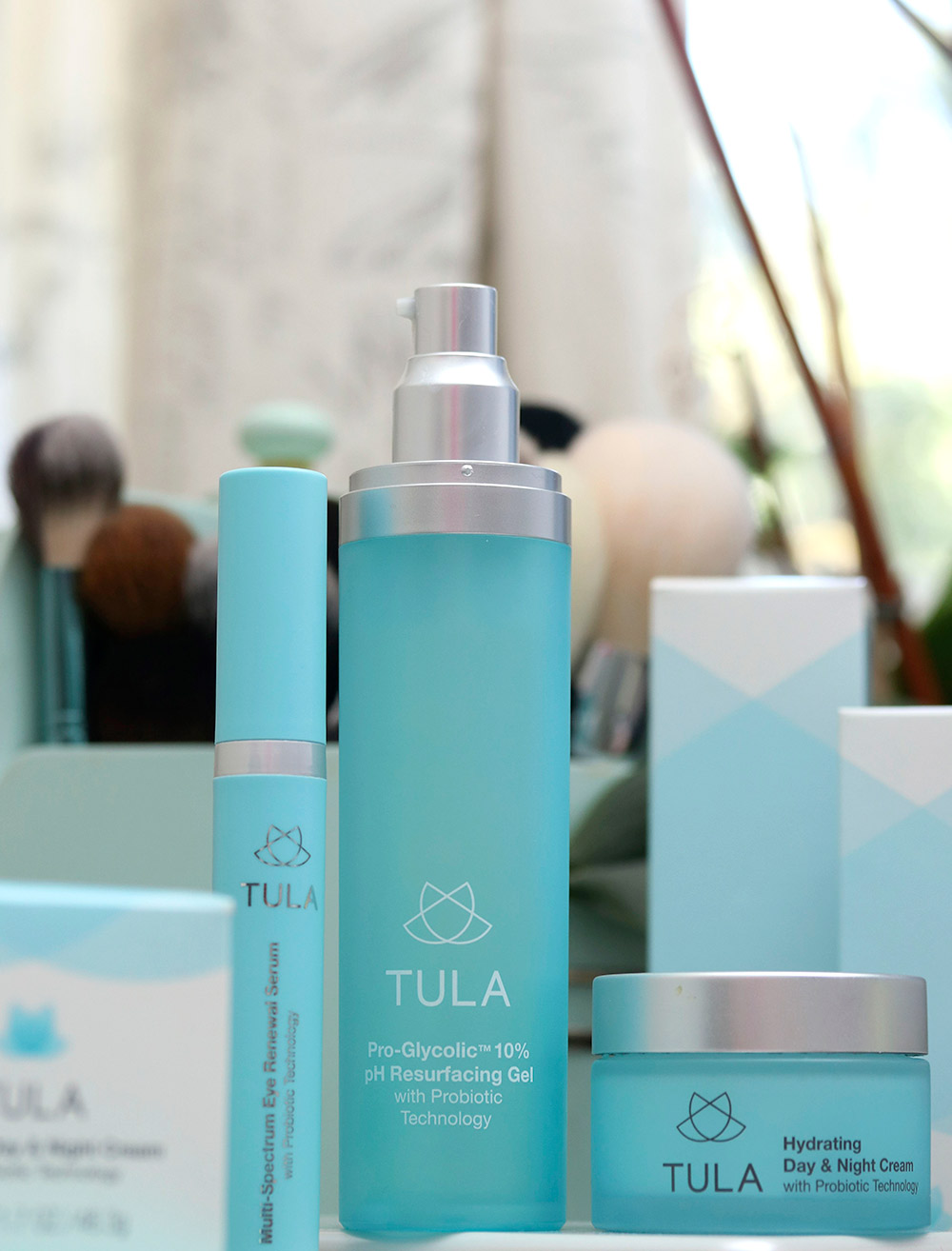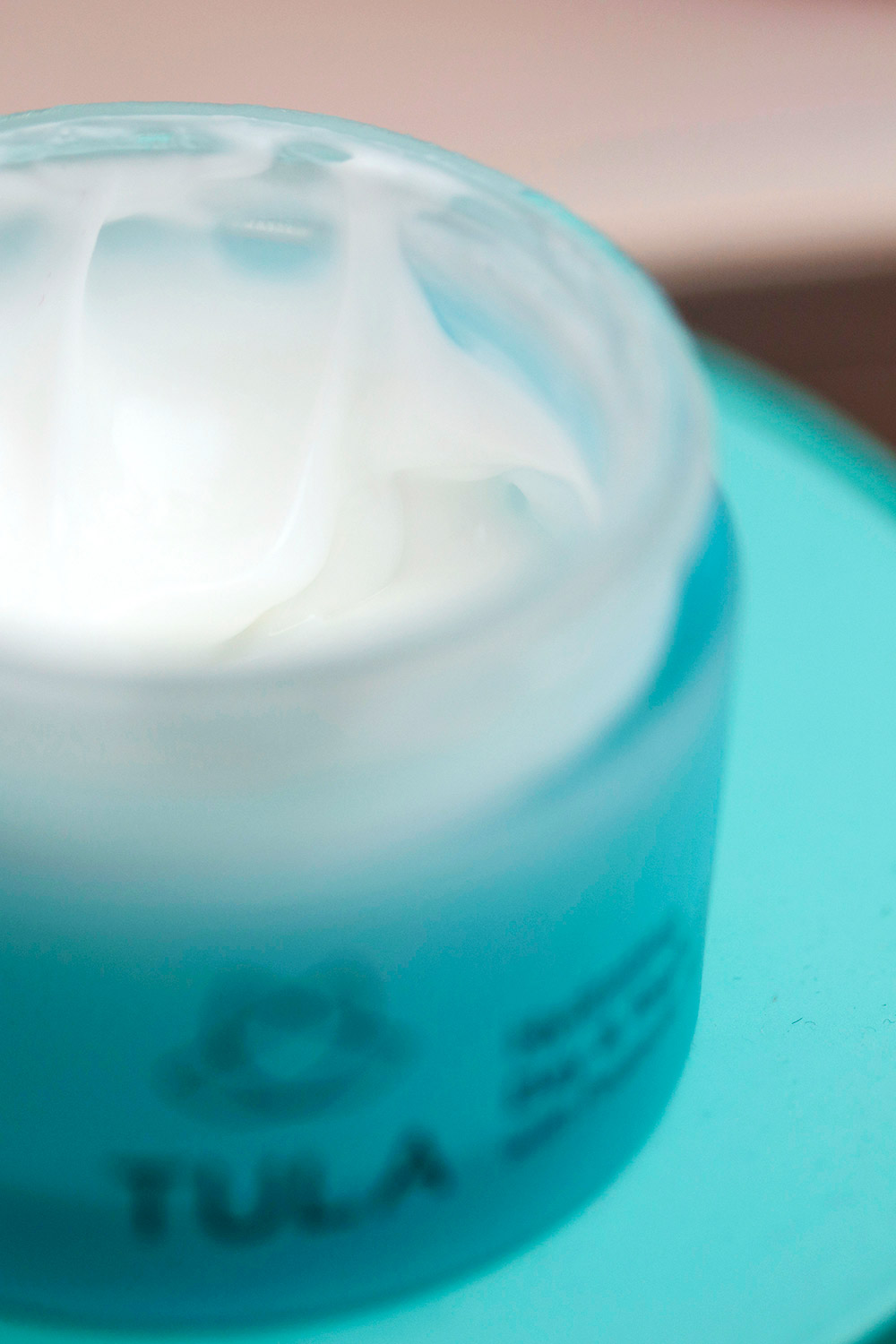
I’m only realizing JUST NOW that I still haven’t purchased the one beauty thing I actually needed to buy this week (an Ilia eyeliner to replace the one I finished). Still haven’t made it to Sephora. Sigh. I did manage to grab some things at Target and Ulta to replace other items that were running low, though!
Side note: while I was at Ulta yesterday, I overheard a mom telling her teenage daughter that she was done waiting and that 45 minutes was plenty of time to pick out a nail polish, and they needed to go, like, NOW. Ahhh! Will that ever be me and Connor?
Anywho, I bought a bottle of Zoya Remove+ (works great on glitters) and an oil cleanser that’s new to me, Tula Skincare #NoMakeup Replenishing Cleansing Oil. I tried it last night and I think I might be returning it. It didn’t sting my eyes (yay), but after I rinsed it off, my eyes felt dry and kinda itchy.
Honestly, I don’t know why I keep trying new cleansing oils when I know the DHC one is the bomb dot com. You know how it is when you’re a beauty lover, though; you might already something is great and it works, but you’re always on the hunt to find the next best thing.
Onto hair. I’ve been wanting to try Function of Beauty for a while, so I finally grabbed a few things from Target from the Wavy Hair Line: the shampoo, the hair mask, two of the boosters (one for heat protection and one for fighting frizz) and the leave-in treatment.
Have you purchased anything lately?
Your friendly neighborhood beauty addict,
Karen



